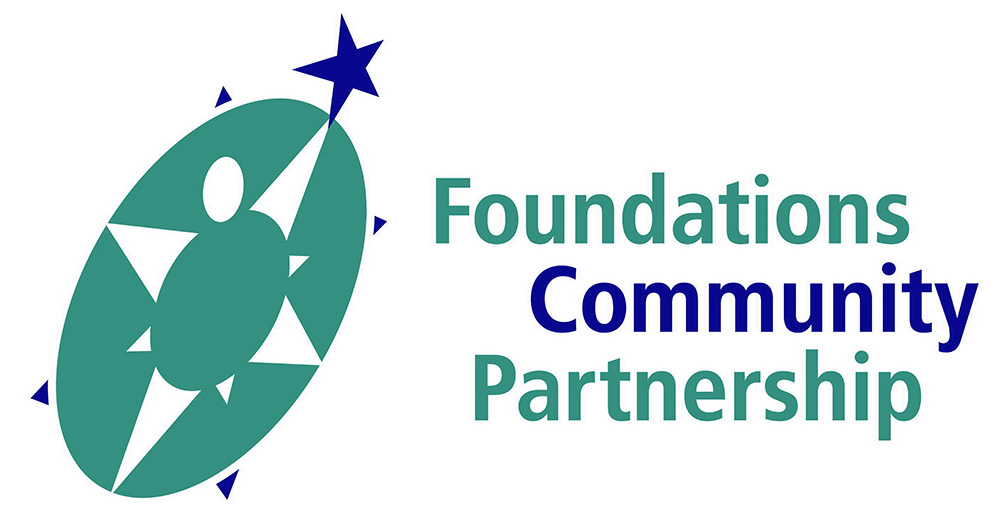Excellent Workshop Opens Spring 2020 Series
Dr. Benjamin E. Yerys presented a fast paced and high energy workshop today on a very interesting topic entitled “Non-Social Features of Autism: Identifying Neural Mechanisms and Treatments for Improving Outcomes.”
I expect that there will be a few comments that he did not provide another “cookbook” for treatment of Autism or ADHD, but that was not the purpose of this presentation. Dr. Yerys workshop did a nice job of explaining to behavioral health clinicians and educators the neuroscience that is the foundation for treatment. As his pre-workshop comments promised, he also described recent neuropsychological findings and common assessment tools in ASD, as well as discussed, the newer treatments to address non-social features of ASD, including school-based treatment.
The goals of today’s workshop were easily met. These included:
• Describe the neural circuits that are implicated in repetitive behaviors and co-occurring ADHD symptoms in ASD
• Identify limitations of cognitive assessment as a diagnostic indicator for ASD
• Name the key elements of regulatory scripts to support flexible thinking and behavior in youth with ASD
Due to his level of expertise on this topic, Dr. Yerys was able to explain complex neuroanatomy in simple language. In his discussion of repetitive behaviors and ADHD symptoms, Dr. Yerys discussed brain systems and other factors implicated in repetitive behaviors of children with ASD. He noted that restricted, repetitive behaviors and interests include:
1. Repetitive speech, motor movements, or use of objects.
2. Excessive adherence to routines, verbal or nonverbal rituals, or excessive resistance to change.
3. Highly restricted, fixated interests that are abnormal in intensity and focus.
4. Hyper-or hypo-reactivity to sensory input or unusual interest in sensory aspects of environment.
Dr. Yerys said that repetitive behaviors can be lower-order such as hand-flapping or higher order such as inability to tolerate a slight change in a routine. Regardless, of the type, the pre-frontal cortex is implicated in these behaviors. This area is related to executive function of the brain (attention and control). Tasks include recognizing task-relevant information and suppressing distracting information. When this fails, an executive function breakdown can occur leading to cognitive, emotional, and/or behavioral disruption.
The concept of “functional-connectivity” was presented by Dr. Yerys to explain how brain mechanisms work together to support cognitive flexibility. There are multiple brain systems contributing to ASD and ADHD. Impairments in executive function including working memory and inhibition functions are implicated in impaired cognitive flexibility, increased repetitive behavior and distractibility. Aside from the prefrontal areas of the brain, Dr. Yerys also discussed the role of deeper cerebral structures in ASD such as the amygdala and the hypothalamus as part of the “reward system” that function with the pre-frontal lobes and other structures. Dr. Yerys pointed out that motivation is important for sustained attention and cognitive flexibility. He said that the child with ASD may be motivated by self-specific stimulation that is not socially relevant. Involvement of the caudate structure of the brain may serve to provide reinforcement and over-selection of favored objects, topics and routines leading to resistance to change in routine. This may lead to increasingly impaired development over time.
Dr. Yerys stated that cognitive assessments are not very good diagnostic indicators for ASD. While many children with ASD also have ADHD, Dr. Yerys showed several studies that differentiated these groups. Cognitive measures of ADHD may show many false positives for children with ASD due to overlap of items between inattention and hyperactivity/impulsivity. While the behaviors may look alike, the brain mechanisms underlying the behaviors may be different. Dr. Yerys recommends follow-up interviews with parents and teachers to supplement cognitive assessments.
After the break, Dr. Yerys talked about treatment for ASD and ADHD. He pointed out that there is no medication to cure ASD. Medication can be used to treat the co-occurring disorder symptoms such as ADHD, depression, anxiety, and repetitive behaviors. Primary methods for treating core ASD symptoms include:
· Special Education
· Teaching Specific Skills
· Behavior Management
· Family support
Dr. Yerys said that there are many public treatments that summarize “Evidence-Based” treatments but most of these have not been verified as effective. Use of Applied Behavioral Analysis from a reliable provider is effective in teaching new skills and reducing behavior problems for children with ASD.
Dr. Yerys provided an example of teaching skills to improve flexible thinking for children with ASD. Use of Self-Regulatory Scripts is an evidence-based approach that can be used by a clinician or added as part of a school curriculum. He discussed the elements of self-regulatory scripts including:
· Flexible – Great job being flexible!
· Unstuck – I’m getting stuck on ____, how can I get unstuck?
· Compromise – Let’s Compromise so we both get some of what we want
· Plan A/Plan B – What is our plan? What is our plan B.
· Big Deal/Little Deal – How can we make this big deal into a little deal?
· Choice/No Choice – Is this a no choice situation?
· Handling the unexpected – What will change? What will stay the same? Why is the change happening?
Overall, this was an excellent workshop. The audience was attentive, and the questions were relevant. I congratulate Dr. Yerys on his handling of questions. Not only did he provide good information in response to a question, he repeated most questions for the audience to hear. While I expect some comments regarding a desire for more time discussing treatment techniques, I did hear a few comments during the break appreciating the new information and update on the ASD literature. Personally. I enjoyed learning from Dr. Yerys this morning.
Any other thoughts?
